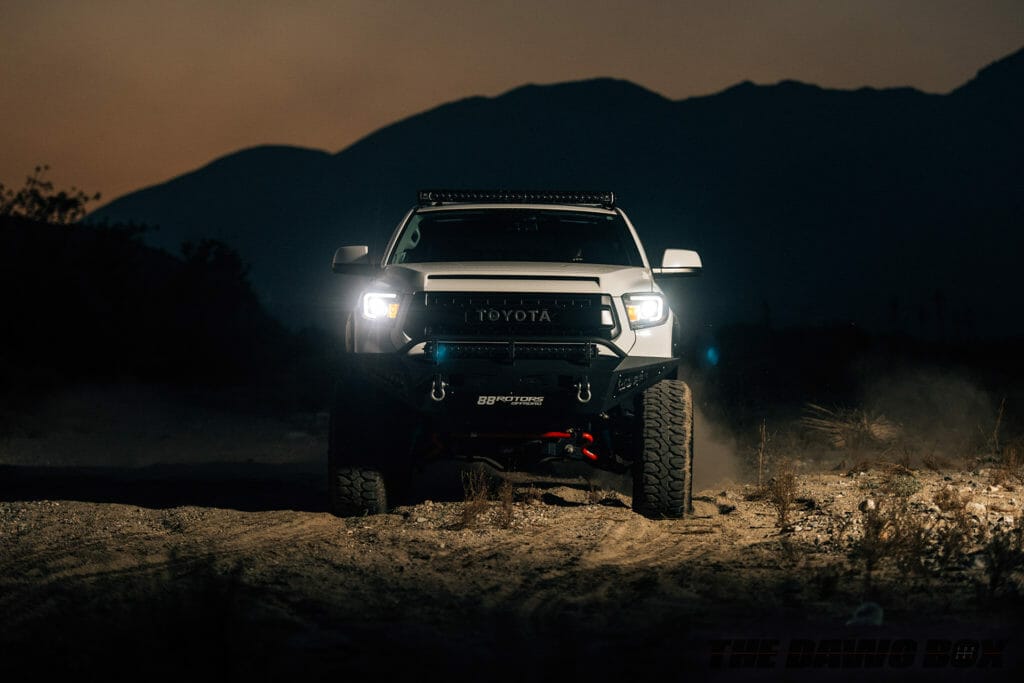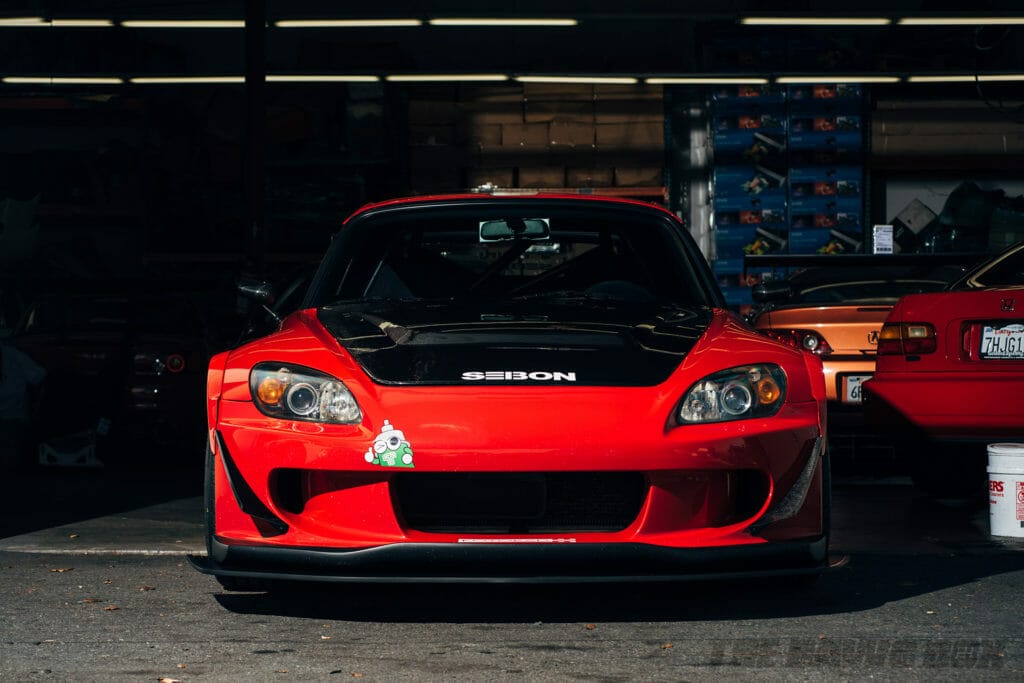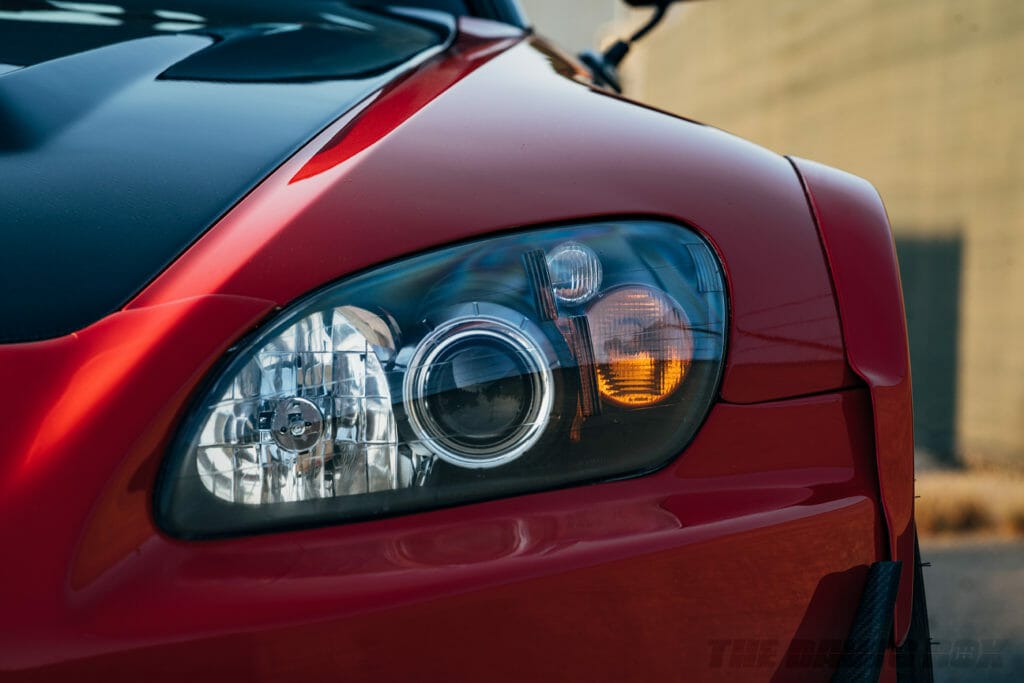If you’re going fast, anything over 90-MPH, or setting off in the pitch dark of the desert, you need a light that will keep up and put light far down range. You need the High-Intensity Discharge (HID) light.
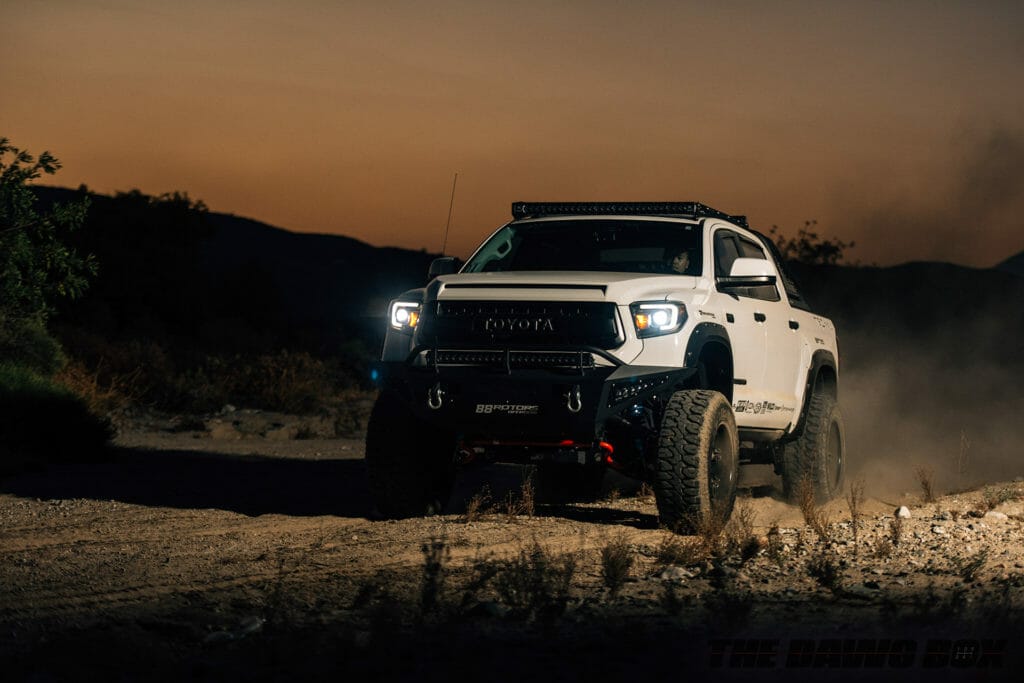
To get light beyond the mid-range you need lights that are brighter than what even a 100-watt halogen is capable of. “The HID Light opened up the entire world of what a light can do and being able to drive off of it,” says Trent Kirby, operations manager of Baja Designs, “because it produced more performance and a brighter light in the same power consumption of a halogen bulb, it opened up the world to distinct types of beam patterns. It allowed us to go beyond your traditional Euro beam and spotlights.”
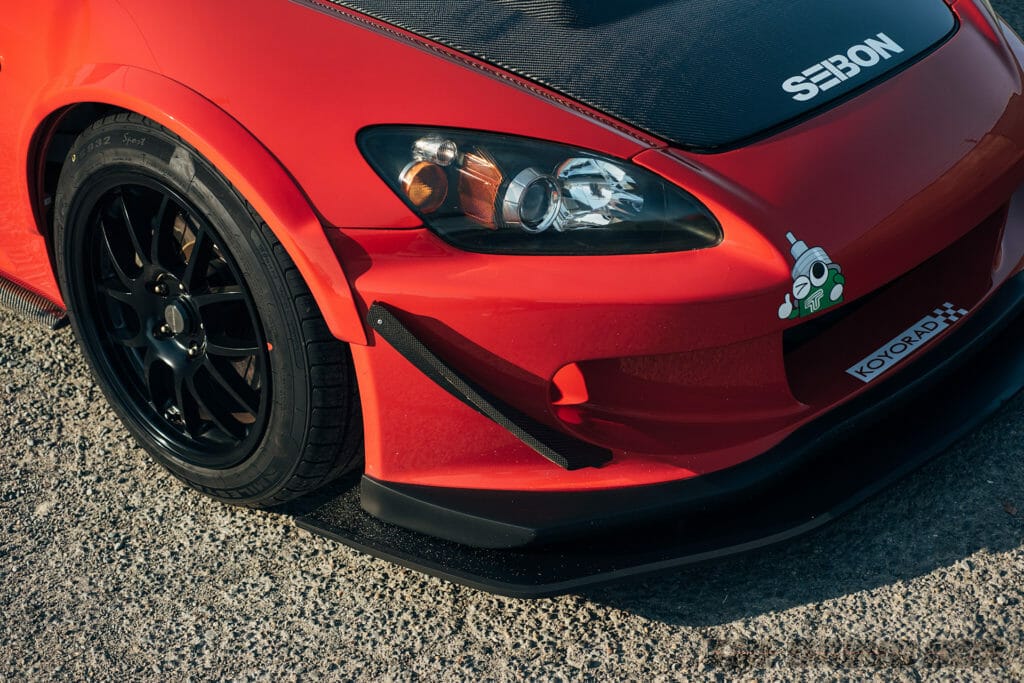
What makes an HID perform better and brighter is that, instead of a halogen/tungsten chemical reaction, it uses the electrical arc of two tungsten electrodes inside a tube filled with gas and metal salts. Once that arc starts, the metal salts become plasma and increase the light produced by the arc and begin to reduce the power consumption of the light. The ballast you must use is needed to start the arc and maintain it, but the power required to drive the ballast is within the typical automotive electrical system including vehicles that used halogen lights originally. It also lasts longer than halogen with most systems lasting to about three- to five-thousand-hours.
An HID system does come with some complications over a halogen bulb and you must think of things like packaging, waterproofing, and dealing with the initial surge and warmup of the plasma inside the bulb. There are a couple of different configurations of HID lights. One is where you have an external ballast and that sits near the back of the light or you can put it in the engine bay. The other allows you to have an internal ballast.
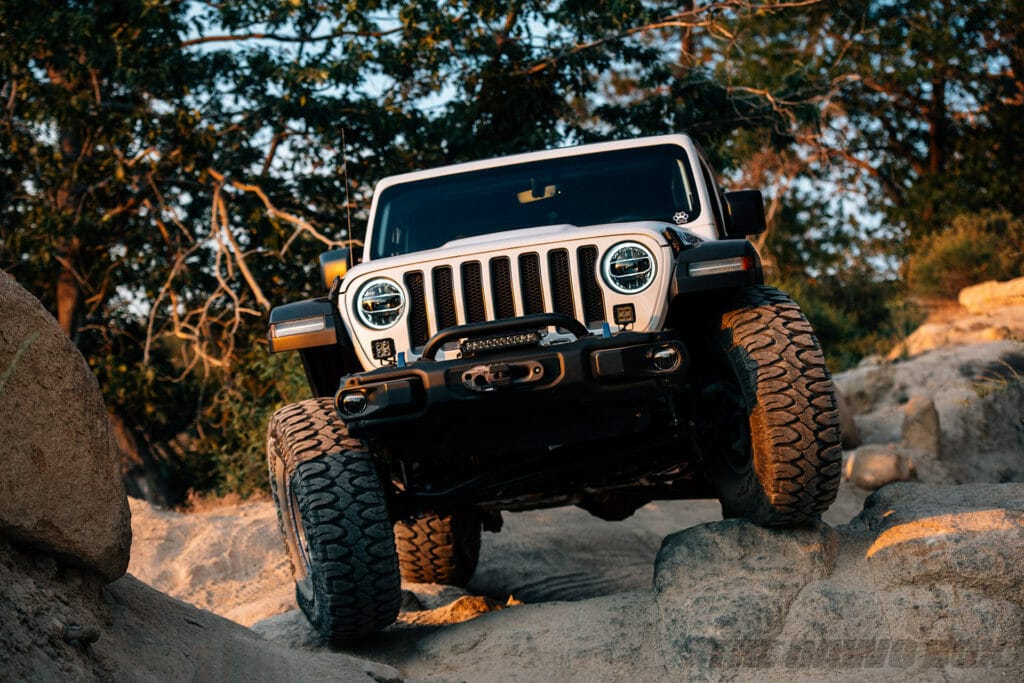
The internal ballast has a huge advantage for harsh conditions because it won’t allow the ballast to be exposed to the environments, especially off-road drivers because that decreases reliability and longevity versus an exposed ballast. It can also make for one less part to have to package, but the internal ballast light might be bulkier. Again, it’s something you must plan out when building your lights.
One of the first cars to appear with HID lights was the 1991 BMW 750iL in low-beam only, known as Litronic. The 1996 Lincoln Mark VIII was the first effort by a US Domestic manufacturer and was the only car with direct current (DC) ballast HIDs. Most ballasts at the time, and in use today, use an alternating current (AC) inverter. This allows the current to flow through both electrodes. While DC allows for simpler ballasts, it does wear the electrode that gets constant power more quickly whereas AC can allow for more equal wear, fewer fluctuations, and reduction in flicker.

Even so, the light you get out as either a headlamp or an auxiliary light like a fog or off-road light allows you to see much further than standard halogen bulbs. Never mind the advantage over the sealed beam filament light. If you need to send light beyond halogen light or you’re approaching speeds of over 95-MPH, it’s time to start thinking of better lights and start with HID.
The post WHAT ARE HID LIGHTS? appeared first on STATE OF SPEED : PERFORMANCE, SPEED, AND THE CULTURE THAT DRIVES IT.

